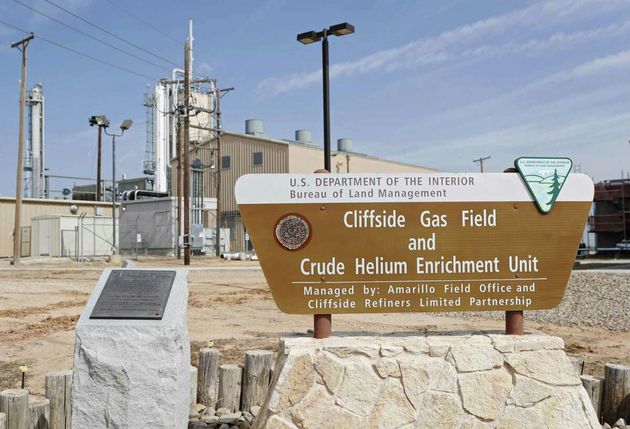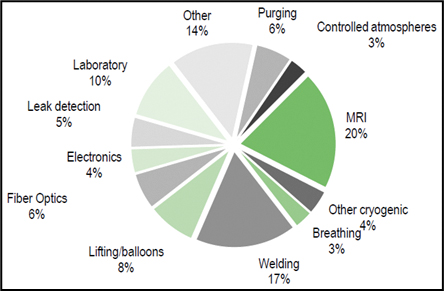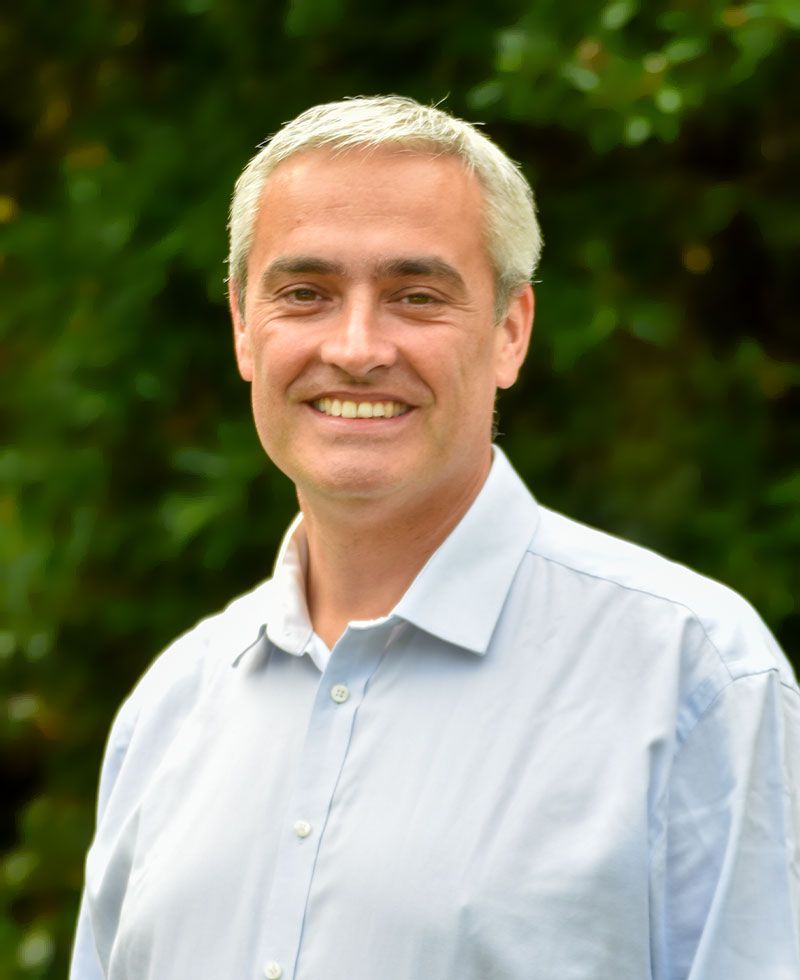Reasons for worldwide helium shortage
If you want to buy liquid helium, you currently have to dig deep in your pocket. Prices have increased considerably during the past 12 months. Since the second half of 2021, the amount of available helium has significantly decreased. The reason was maintenance work at the American gas processing plant Cliffside in Texas. Hopes that the Russian Amur plant would be able to compensate the production downtime were not fulfilled, even before the war against Ukraine. Amur, one of the world’s largest helium gas plants, opened doors in September 2021. It was supposed to reach a capacity of 20 mio cubic meters gas per year and was meant to expand until 2025. Due to two fires in October and January, however, helium production has ceased. Even if Russian helium has not been sanctioned yet, we believe that existing export sanctions will delay the necessary plant repair work. This means, an end of the helium shortage is nowhere to be seen.
Helium is needed in many industrial applications. Only about 10% of the helium is used in the scientific sector.
Typical helium applications are:
- Shielding gas for welding
- Part of breathing gas for divers and other people working under pressure conditions
- Cryogenics in research
- Magnetic resonance tomography in the medical field
- Leak detection
- Shielding gas for growing silicon and germanium crystals and for the manufacturing of titanium and zirconium
- Cooling agent for nuclear reactors
- Defense technology (gas for supersonic wind tunnels, high-speed propellant gas in rockets for directional correction, propellant for liquid fuel rockets, simulations of nuclear detonations with conventional explosives)
- Airships for border control
Large helium suppliers only give limited supply guarantees at the moment. Institutes without a contract must pay up to 75 EUR/liter for liquid helium. This poses quite a challenge, especially for universities, because the high prices for helium are not in the current budgets.
There are two ways to handle the costs: The use of cryostats with closed helium cycles and the installation of helium recovery systems. Both come with larger prior investments.
Closed-cycle cryostats have advantages when it comes to automated experiments. They increase their maximum duration and prevent helium logistics. Disadvantages are smaller cooling powers and higher base temperatures. Depending on the experiment, there might also be higher vibrations. Certain models like CryoAdvance from Montana Instruments and OptiCool from Quantum Design have a vibration level of a few nanometers and are available for vibration-sensitive measurements. A closed-cycle cryostat can be used for most common experiments.
| Source | Mio. cubic meters (rounded) |
|---|---|
| USA | 77 |
| Algeria | 14 |
| Australia | 4 |
| Canada | 1 |
| China | 1 |
| Poland | 1 |
| Qatar | 51 |
| Russia | 9 |
To keep using existing “wet” cryostats, a helium recovery system can be used either as labwide/institute-wide plant or as individual solution for a single cryostat. A recirculating gas cooler from Lake Shore (former Janis), can upgrade a flow cryostat so that a liquid helium refill is no longer necessary. The helium liquefier NexGen from Quantum Design is a compact system which can already be profitable with two cryostats. The liquefier is installed directly in the lab. It is only a little larger than the transport dewar and can easily be handled by people in the lab.
If you want to become independent from external helium supply, contact us! We plan, install and maintain helium recovery and liquefaction systems. In addition, we provide Europe’s largest selection of closed-cycle cryostats. Please refer to our articles Helium recovery with proprietary liquefaction and Recirculating cryocooler for wet cryostats for more information.
[1] HELIUM U.S. Geological Survey, Mineral Commodity Summaries, January 2022





